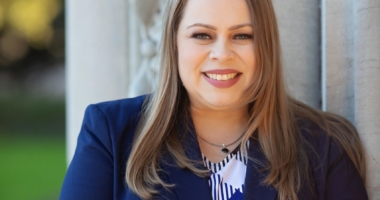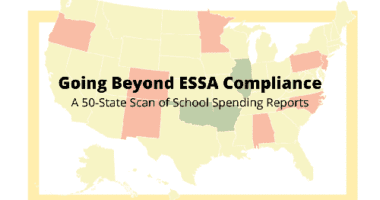It’s Not All Rosy in PISA Problem-Solving Data
The conversation around the new data from the Programme for International Student Assessment on students’ problem-solving abilities has demonstrated, once again, how overall averages can paint a too–rosy picture by masking serious gaps between groups.
Overall, American 15-year-olds perform above the international average on problem-solving, are less likely to be low performers than their peers, and are especially strong on interactive tasks. Given other PISA data showing that U.S. teens have average reading and science skills and below-average math skills, these findings are encouraging.
But here’s what few are discussing: Problem-solving skills differ dramatically across groups within the United States. For example, almost 1 in 2 African American 15-year-olds, and about 1 in 4 Latino 15-year-olds, demonstrates low-level problem-solving skills — meaning they struggle with unfamiliar situations or with planning ahead to solve problems. That’s compared with 1 in 10 of their white peers.
And just 1 in 100 African American teens and 1 in 20 Latino teens show high-level problem-solving skills, like successfully tackling situations with novel, complex problems:
We should certainly be heartened by the fact that U.S. students overall show better problem-solving skills than their peers in other developed nations and that, as a whole, they are less likely to be low performers. But that doesn’t mean we can overlook the gaps that exist within the United States. Instead, we need to focus on making sure that all students receive high-quality instruction and rigorous assignments that prepare them to think critically and apply knowledge and skills to new situations — characteristics that are important for successful participation in college, the workforce, and society.











